Seventh in a series about the Inca Trail
My wife Rachel and I arrived in Machu Picchu—the world renowned Incan settlement—on the fourth day of our Inca Trail hike. Like the smaller archaeological sites along the Inca Trail, there are a great many mysteries about Machu Picchu. The Inca kept no written records and even the settlement’s original name is unknown.
More Names to Make You Want to Tear Your Hair out
The name Machu Picchu originally referred to the mountain upon which the city sits. (Note: the Quechua is “Machu Pikchu” but I’m using the Hispanicized “Machu Picchu” which is the name most familiar to English-speaking audiences.) Although many sources translate the mountain’s name as meaning “old peak” in Quechua, Cosme Cuba Gutiérrez writes in Machupicchu in Inkan History that this etymology is suspect. While Gutiérrez translates machu as meaning either “old” or “ancestral”, “picchu or pikchu” is not as straightforward. Gutierrez argues that this word was not in any Quechua dictionary until after Machu Picchu was rediscovered. He elaborates:
“For my own part, as a native Quechua speaker, I have consulted with people expert in the Quechua language, including all age groups as well as academicians from Peru, Bolivia, Ecuador and Argentina. In no case did anyone translate picchu as ‘mountain’. Nor was anyone aware of its essential translation. It is also possible that picchu belongs to an old Andean language which is no longer spoken (perhaps Pukina). Or, it could be that the Elorrieta brothers are correct in their assertion.”
According to Gutiérrez, the Elorrieta brothers argue that Machu Picchu was originally known as “Machu Pichiu which means ‘ancestral bird’ or ‘old bird’ a translation taken from [Diego] González Holguín’s dictionary (1608).” Ostensibly, the name refers to Machu Pichu being designed to represent a condor or other Andean bird.
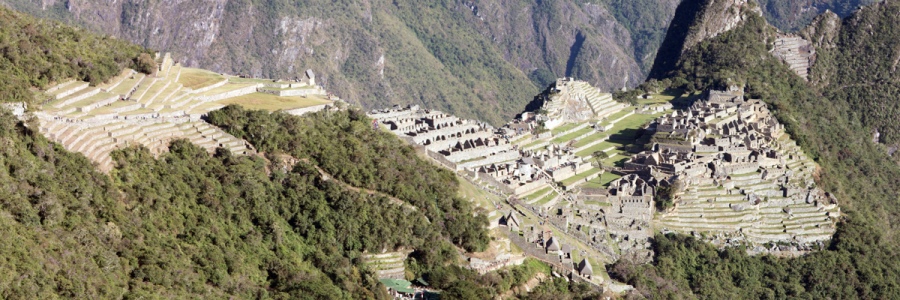
City, Citadel, or Royal Estate?
Although often described as a city, Peruvian archaeologist Lucy C. Salazar writes in her essay “Machu Picchu: Mysterious Royal Estate in the Cloud Forest” (from the book Machu Picchu: Unveiling the Mystery of the Incas) that “in fact, it was not a city — its population had been 750 at most”. Indeed, she argues, it was “only a tiny fraction of the size of Cuzco, the Inca capital” but “far too elaborate to have been either a rural village or one of the planned state agricultural sites”. Salazar concludes:
“The fine Inca masonry, small size of the settlement, absence of features tied to the economic infrastructure, and other elements lead us to conclude, solely on the basis of archaeological evidence, that Machu Picchu was probably […] a royal estate.”
In the same book, anthropologist Susan A. Niles explains in her essay “The Nature of Inca Royal Estates” that the estates,
“built by an individual Inca ruler and used by him and his family, had significant economic and social functions in addition to their imporatance as pleasant places where the king and his courtiers could rest and enjoy themselves.”
Other sources refer to Machu Picchu as a citadel. The word citadel implies the settlement was built for military or defensive purposes. However, American archeologist/anthropologist Johan Reinhard writes in Machu Picchu: Exploring an Ancient Sacred Center that:
“Although Machu Picchu certainly is situated in an impressive location, there is no evidence that there was a serious threat from the jungle area, and recent analysis of bones found little cranial trauma, which suggests that the site did not experience attacks.
While conceding that Incas may have moved into the area near Machu Picchu to campaign against the Chancas, another indigenous people, Reinhard concludes:
“Nonetheless, Machu Picchu seems to have been constructed primarily for religious reasons. Scholars have noted that the walls and enclosures only hindered access rather than provided a solid system of defense.”
On the other hand, Salazar points out several defensive aspects such the presence of what used to be a dry moat and a drawbridge. She concludes:
“As other scholars have noted, while Machu Picchu is not laid out as a military installation, it is undeniable that, in contrast to many Inca sites, special design features made the site defensible in case of attack.”
Abandonment and Rediscovery
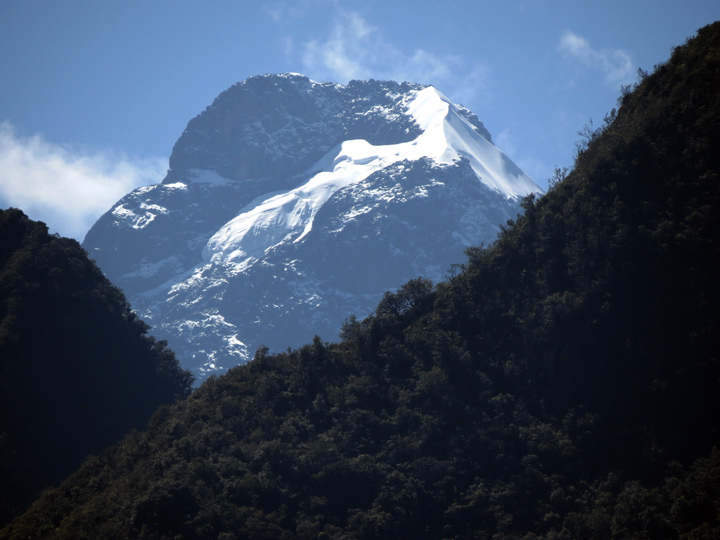
Sources agree that Machu Picchu was most likely founded by Pachakutiq Inka Yupanki (Pachacuti), the ninth Incan ruler, during the mid 15th century. It may have been inhabited for less than 100 years before it was abandoned. The picturesque location that captivates visitors is no coincidence, as it is surrounded by the mountains (or apus) that the Inca held sacred. It was abandoned some time after the Spanish invasion that began in 1532. Salazar explains:
“The reason for Machu Pichu’s abandonment, so mysterious to many visitors, is easy to understand. The site was never a self-sufficient center with an economic base. Its very existence was a luxury made possible by the surplus labor and goods at the disposal of the Inca elite. When [the Inca Empire] was conquered, the socioeconomic system underlying it collapsed, and royal estates like Machu Picchu lost both its reason and the resources to continue to function.”
Most sources agree that the Spaniards did not find Machu Picchu, though Salazar posits that they simply were not interested in it or other royal estates. She argues that Spanish chroniclers were more focused on “those settlements perceived as being of special economic or military importance.” That is to say, they were interested in places like Cusco, not the fine architecture and natural beauty that makes Machu Picchu so attractive to visitors today.
American explorer Hiram Bingham brought Machu Picchu to the world’s attention in 1911. He did not discover it per se. Locals had knowledge of the site and one of them guided him. Bingham also found graffiti from an earlier visitor. When he arrived, Bingham was greeted by two families who were actually farming a portion of the terraces built by the Incas for that very purpose four centuries earlier. The rest of the site was overgrown by vegetation.
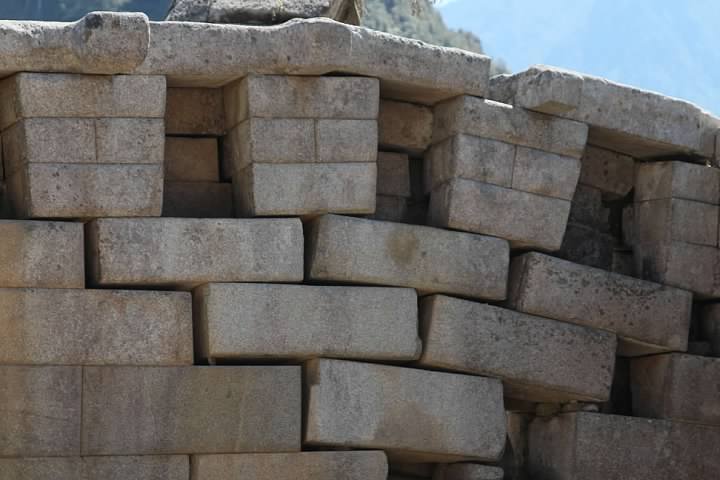
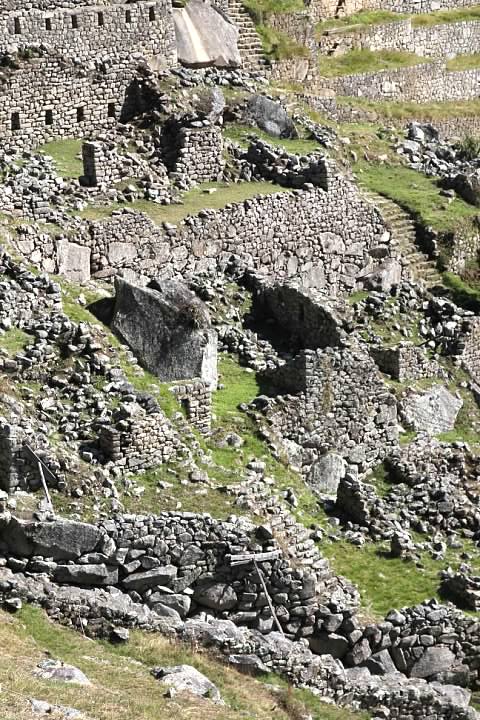
The ruins are in remarkable shape considering their exposed location in an area with significant rainfall and earthquakes. Some restoration was necessary, of course, but the fact that the structures were standing at all after five centuries without maintenance is a testament to Incan workmanship. According to Luis Felipe Villacorta Ostolaza in Machu Picchu: Eternal City, Machu Picchu’s buildings are primarily constructed from granite. The achievement in constructing such lasting buildings is all the more remarkable considering the Incas didn’t use wheeled vehicles or draft animals.
Machu Picchu in Incan Times
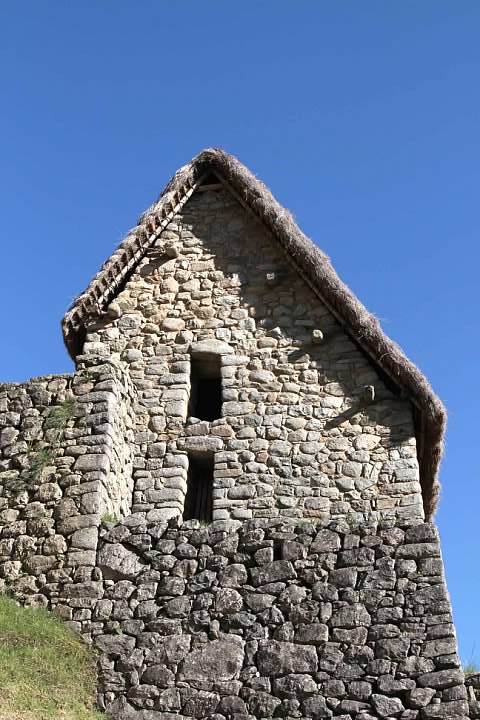
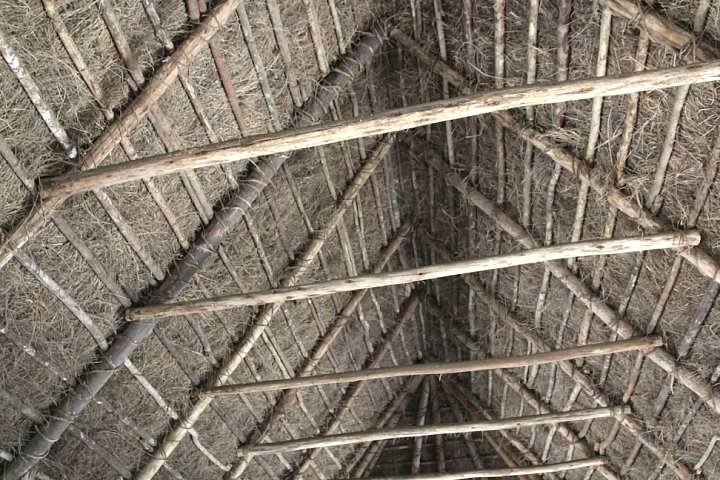
With a little imagination, it’s possible to visualize what the settlement looked like when first built. While most buildings in the complex are roofless today, the gabled buildings would have had pitched thatch roofs back when the settlement was inhabited. The roofs were secured to stones that are still visible jutting out of the upper walls on many buildings. According to Villacorta Ostolaza:
“Evidence remains indicating that several of the buildings at the site had finely plastered walls: in other words, many of the structures which impress us now with their fine Inca stonework were in fact covered in plaster. Evidence has been found indicating that this plaster was painted mostly in red and yellow.”
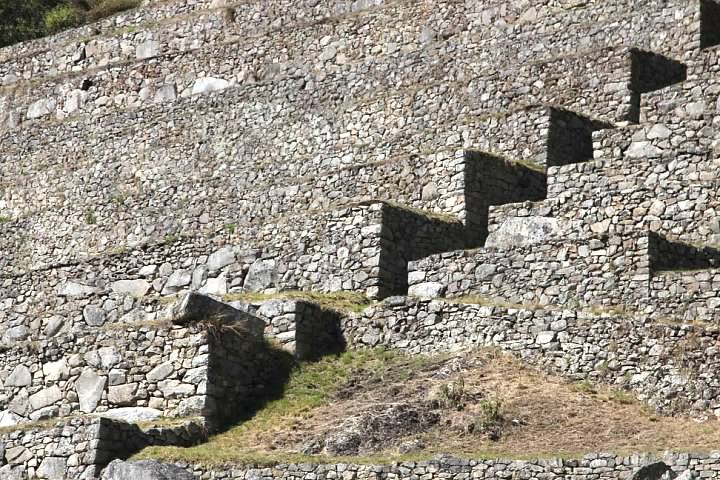
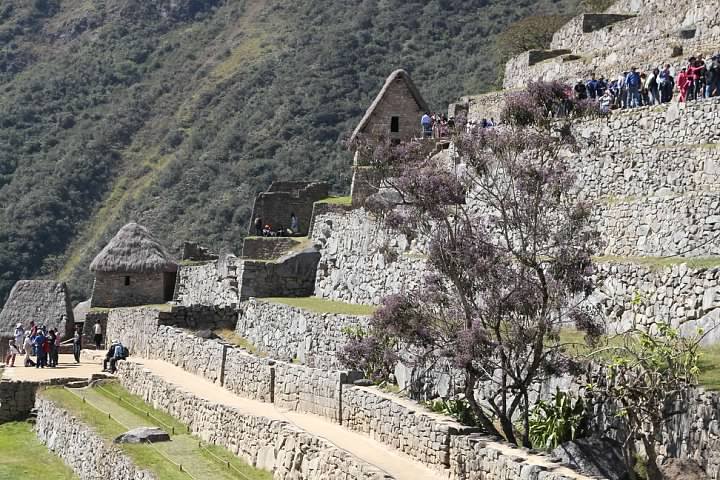
Although the terraces of the agricultural sector of the settlement grow only grass today, during Incan times a wide variety of crops were cultivated. According to Villacorta Ostolaza: “Analysis of pollen on the terraces has revealed that they were sown with corn, potatoes, beans, tarwi, pumpkin, achira, coca, passion fruit and elderberry.” Salazar gives a smaller list: “beans, corn, and potatoes were grown, perhaps along with some of the ninety species of orchids, found in the Machu Picchu Historic Reserve”.
Religious Significance
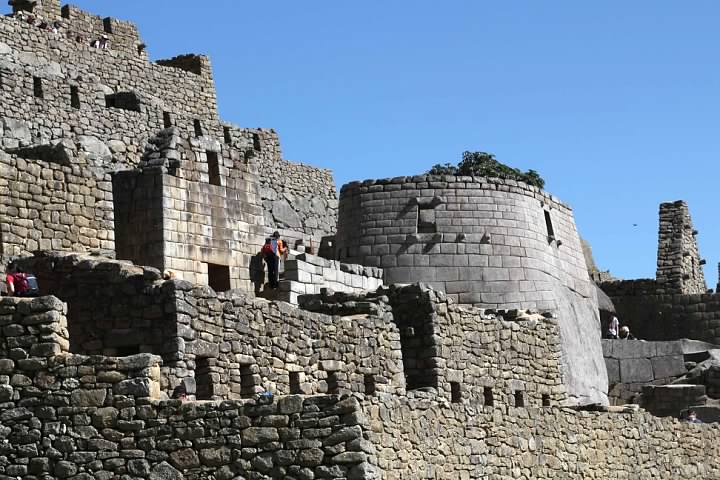
There are a multitude of buildings in Machu Picchu that display a strong religious character. The building known as the Temple of the Sun or El Torreón, oddly situated above a large rock, stands out from the rest of the complex. This rock contains a cave, which the Incas held sacred.
Not only is the color of the temple’s stone somewhat different than other nearby buildings, but the workmanship is clearly superior to its surroundings. According to Reinhard, “The walls built around the carved boulder contain some of the finest Inca stonework known, and the rare, elliptical form of the structure recalls that of the Temple of the Sun (Coricancha) in Cuzco”. Each stone was cut perfectly to shape and the building assembled without using mortar.
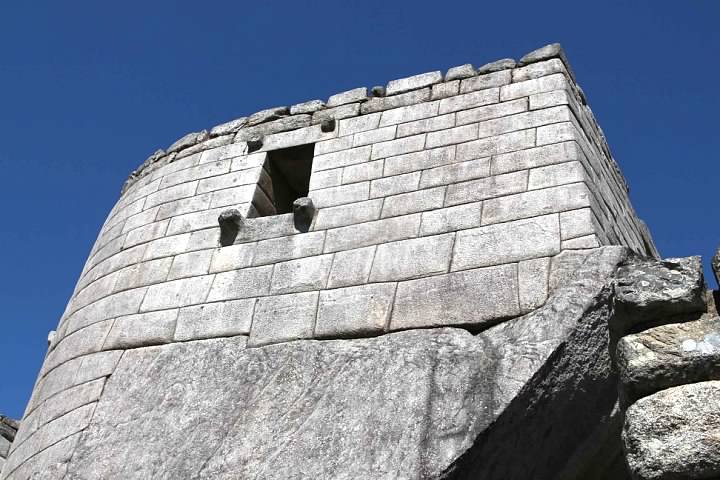
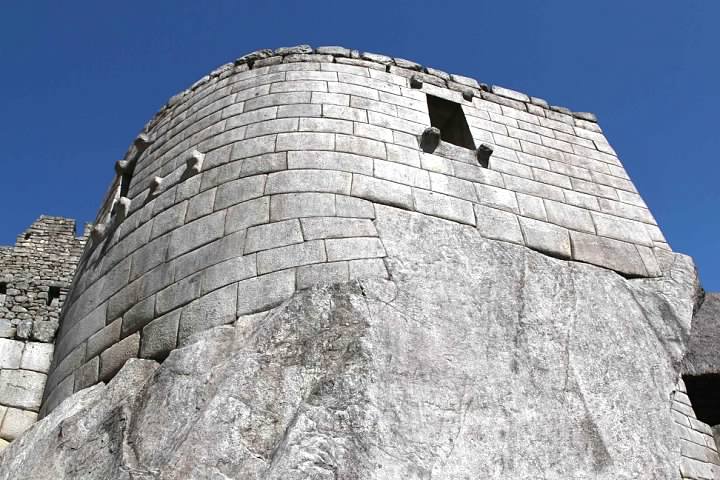
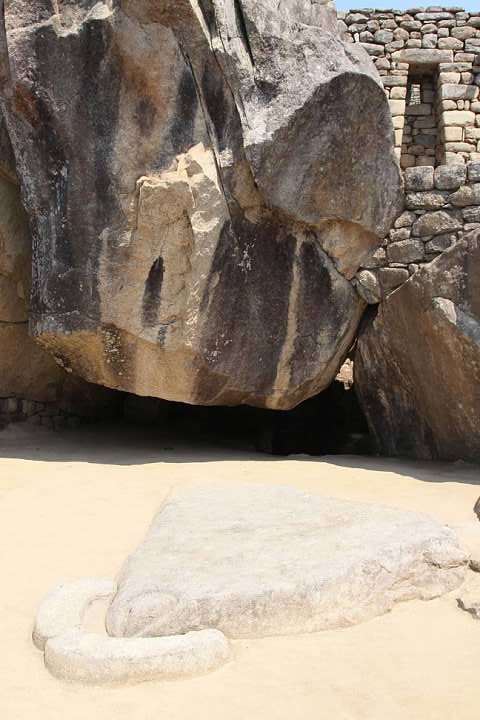
Intihuatana is a stone sitting atop a formation described as a hill or pyramid. According to Reinhard, “It was named Intihuatana by Bingham because of its resemblance to similar carved stones near Cuzco that had been previously called by this term, which means roughly ‘the place to which the sun was tied.'”
One common explanation is recorded by English travel writer Alexander Stewart in his book, The Inca Trail: “In winter, with the sun furthest from the Earth, the Incas believed they needed to ritually secure it to hitching posts such as this one lest the life-giving sun desert them.”
On the other hand, Reinhard indicates caution about such interpretations, given that, “According to John Rowe [Intihuatana] does not appear in the literature until 1856, where is [sic] was applied to a ‘huge block’ above the Inca site at Ollantaytambo.”
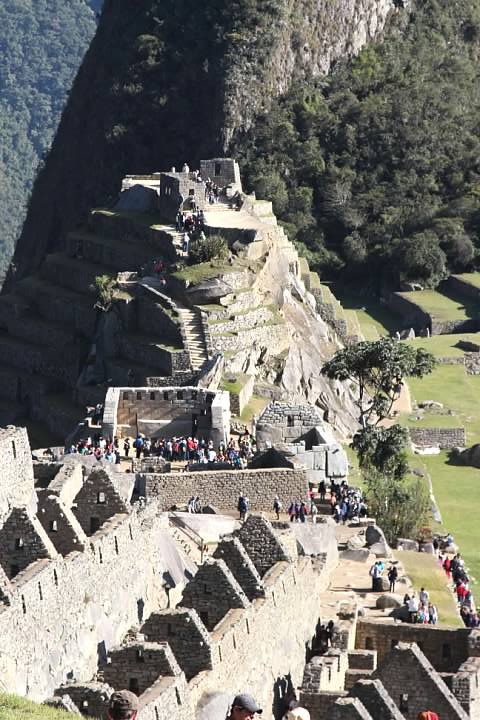
Reinhard notes that the site is “an exceptional place from which to make astronomical observations” and that a religious purpose is indicated since from the stone, “sacred mountains are in alignment with the cardinal directions.”
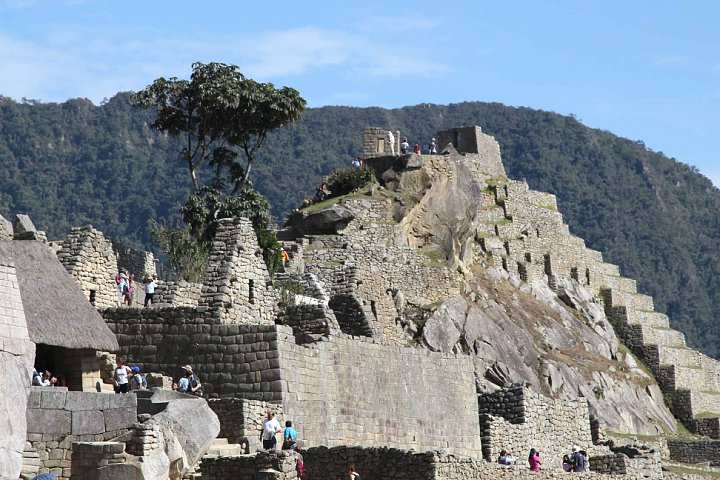
If not intended as a “hitching post to the Sun”, what does the carving’s curious shape represent? Earlier speculation was that it was a sundial, but Reinhard argues that this was unlikely. He theorizes that it actually represents a mountain, most likely Wayna Picchu (the mountain that forms the backdrop for the classic view of Machu Picchu).
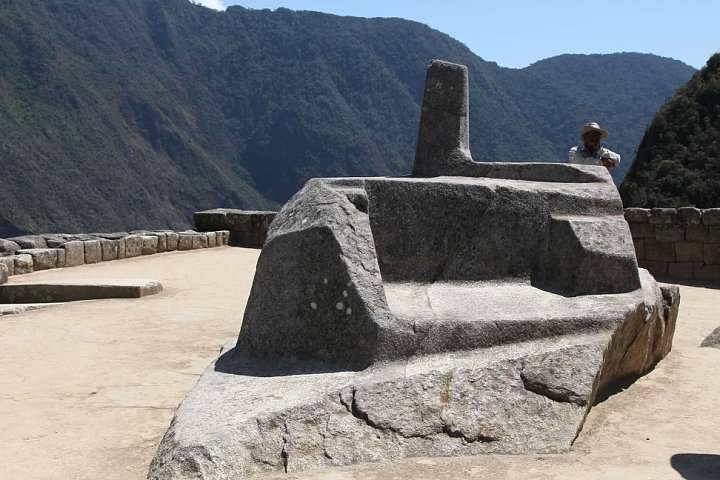
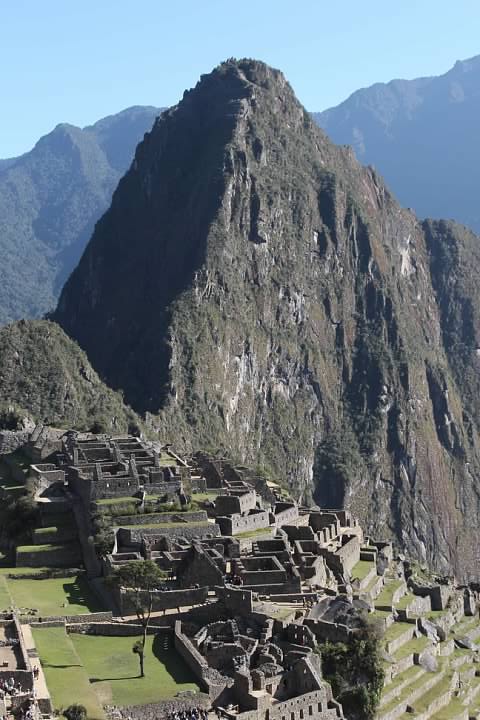
We really could have used a second day at Machu Picchu since there was a great deal we didn’t have time to see. That being said, frankly we needed some time to heal after the Inca Trail. I doubt we could have made full use of the time even if we’d planned to allow for it.
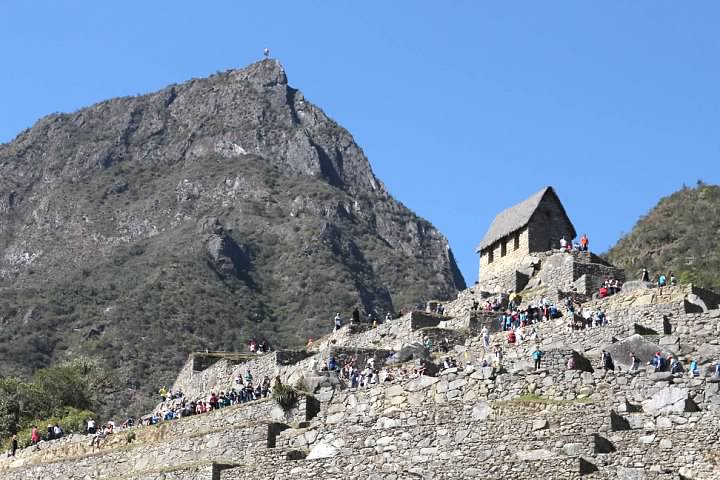
On a future visit (arriving the easy way…by train and bus!) we’d like to hike to the summit of Machu Picchu mountain, visit the Incan drawbridge, and maybe even climb Wayna Picchu (Huayna Picchu) which has limited permits available each day.
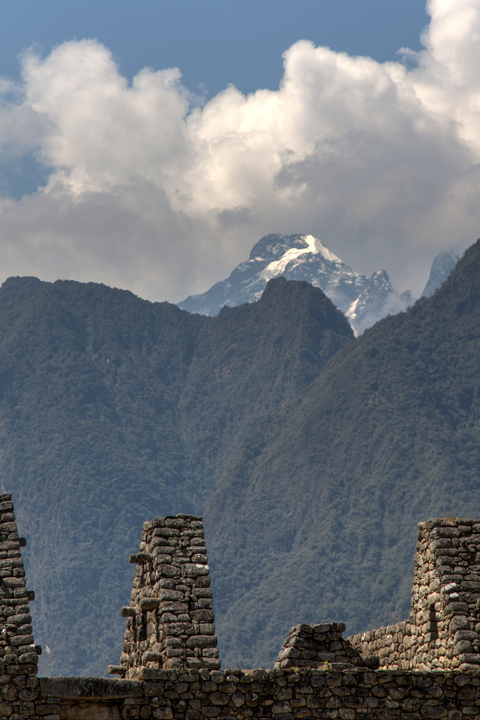
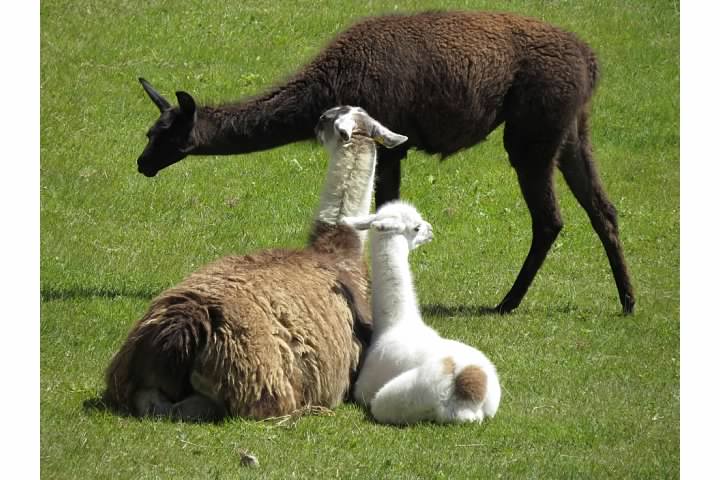
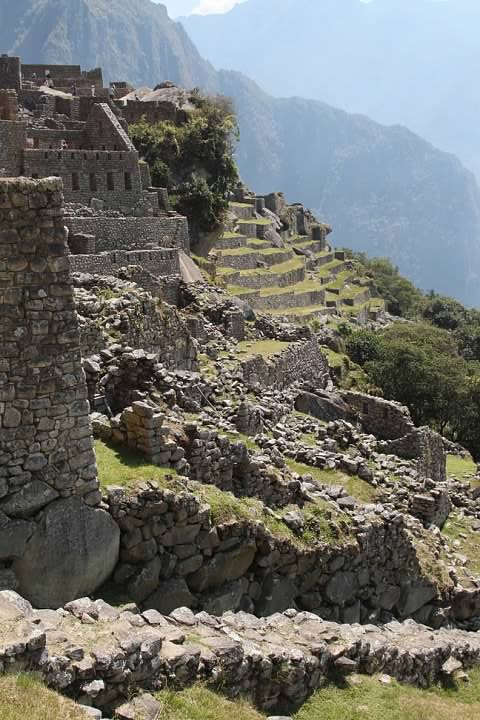
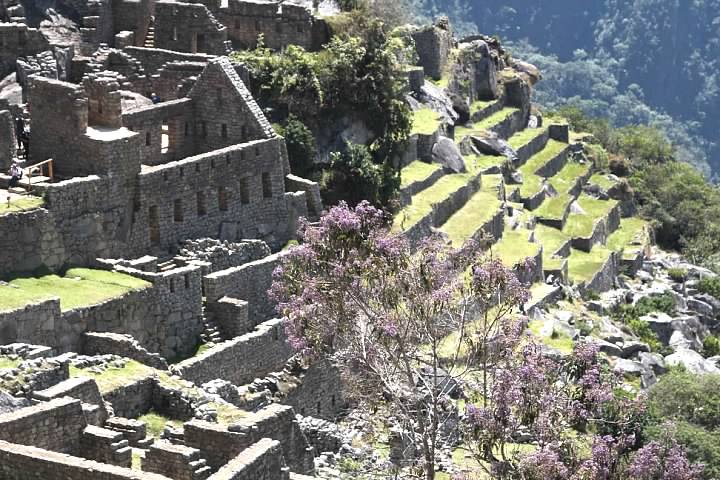
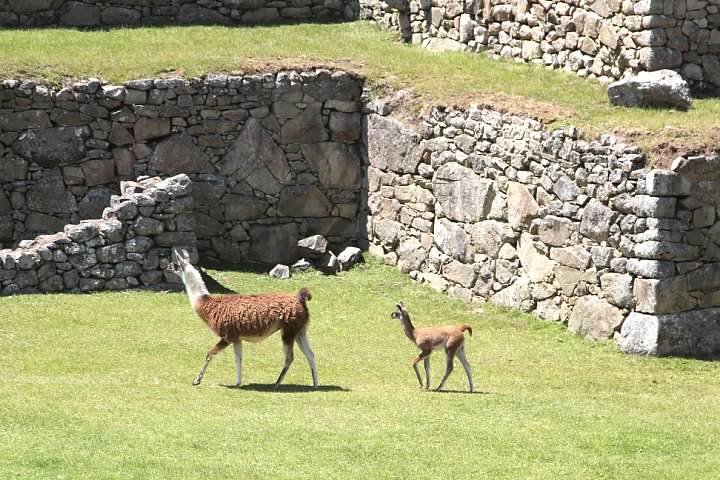
Series on the Inca Trail (Camino Inka)
Planning a Trip to Bolivia and Peru (background)
Introduction (Cusco to Ollantaytambo by Bus)
Day One (Piscacucho to Wayllabamba)
12 km (7.5 mi) distance, +300 m (984 ft) elevation
Day Two (Wayllabamba to Pacamayo)
11 km (6.8 mi) distance, +1,200 m (3,937 ft)/-600 m (1,969 ft) elevation
Day Three (Part I, Pacamayo to Qunchamarka AND Part II, Chaquicocha to Wiñay Wayna)
15 km (9.3 mi) distance, +350 m (1,148′)/-1,300 m (4,265 ft) elevation
Day Four (Wiñay Wayna to Machu Picchu)
5 km (3.1 mi) distance, +40 m (131 ft)/-265 m (869 ft) elevation
Inca Trail’s End: Machu Picchu
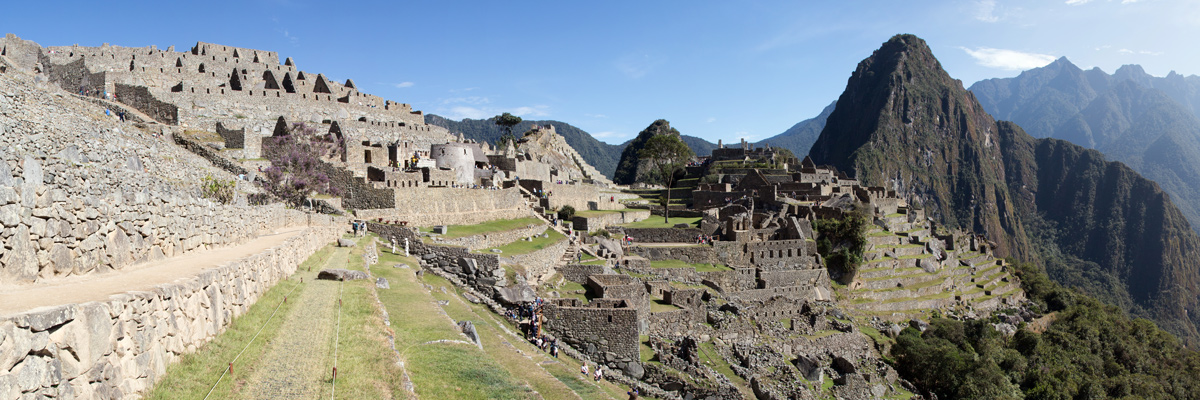
Great posts! I am reliving my own hike (Aug 2021 at age 51!) through these photos and descriptions. Yes it is very challenging and very rewarding!! Thank you!
LikeLike